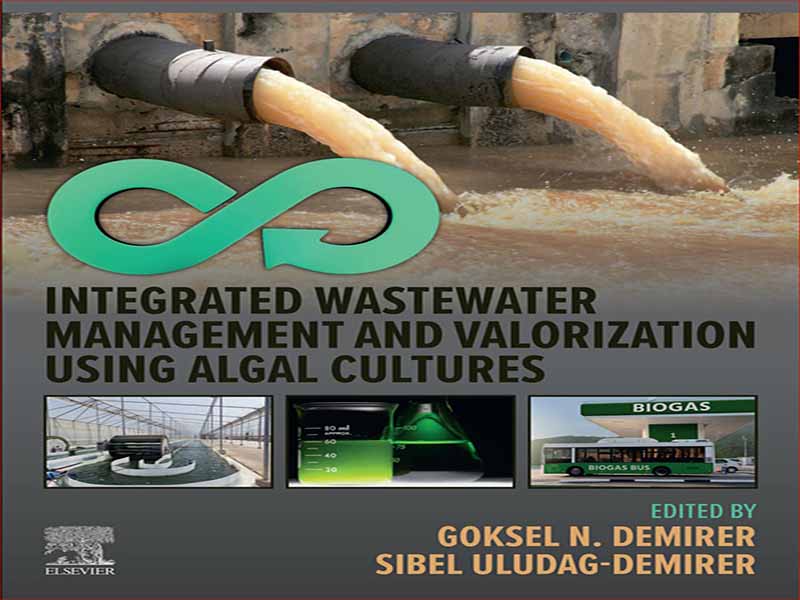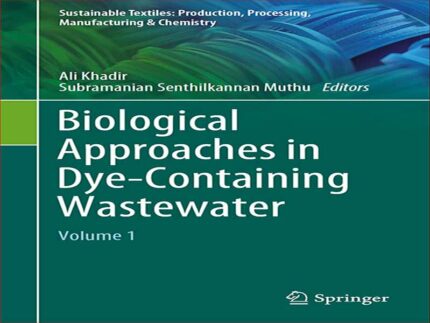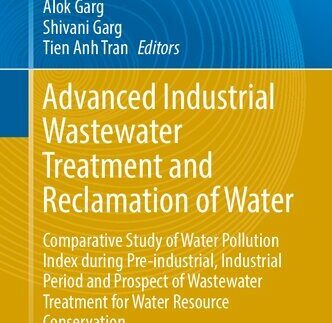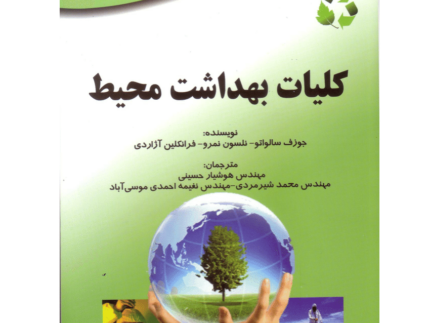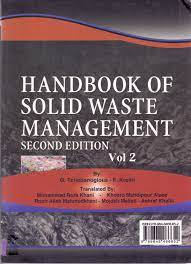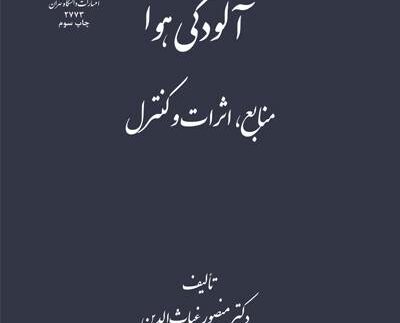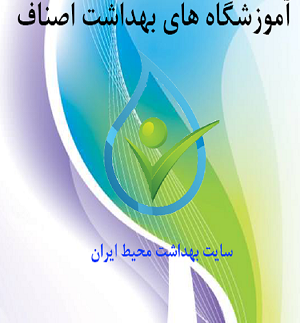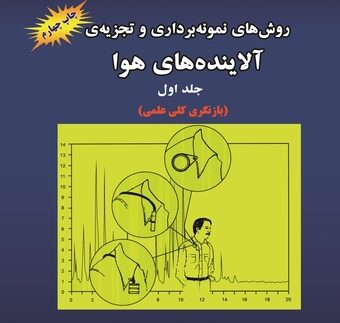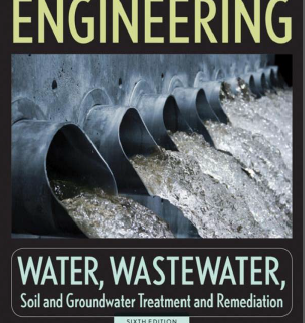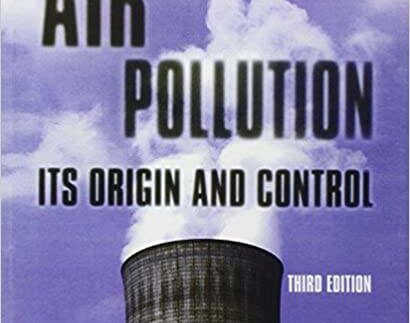دانلود کتاب Integrated Wastewater Management and Valorization Using Algal Cultures
دانلود کتاب مدیریت یکپارچه فاضلاب و ارزش گذاری با استفاده از کشت جلبکی
- عنوان کتاب: Integrated Wastewater Management and Valorization Using Algal Cultures
- نویسنده: Goksel N. Demirer, Sibel Uludag-Demirer
- سال انتشار: 2022
- تعداد صفحه: 290
- زبان اصلی: انگلیسی
- نوع فایل: pdf
- حجم فایل: 5.05 مگابایت
تلاش های توسعه فشرده و فعالیت های اقتصادی خطی از قرن گذشته منجر به استفاده بیش از حد از منابع طبیعی و همچنین مشکلات زیست محیطی و بهداشتی شده است. هنگامی که هزینه مدیریت پسماند و مراقبت های بهداشتی و همچنین کاهش سطوح چندین منبع طبیعی مهم در نظر گرفته می شود، بدیهی است که این نیز چالش های عمده اقتصادی و اجتماعی را نشان می دهد. این پارادایم جدید ادغام مفهوم پایداری با تمام فعالیتهای انسانی را به همراه داشت تا ابزارهای پایدارتری برای تولید، پردازش و مصرف منابع طبیعی به همراه شیوههای مدیریت زباله پایدار ایجاد کند. از جمله اهداف اقتصاد دایرهای، ایجاد یک سیستم حلقه بسته برای به حداکثر رساندن بازیافت مواد خام حاصل از زباله در پایان عمر است. ضایعات را باید بهعنوان «منابع تجدیدپذیر نابجا» در نظر گرفت که میتوانند دوباره برای تولید محصولات ارزشمند و قابل بازار استفاده شوند و جایگزین منابع مبتنی بر فسیل شوند. کاهش ردپای کربن فعالیتهای مدیریت پسماند، بازیافت و استفاده مجدد از مواد با ارزش، استفاده مجدد از فاضلاب، و تولید محصولات زیستی و سوخت زیستی از زبالهها ویژگیهای اصلی مدیریت زباله پایدار است. بنابراین، این نه تنها بخشی جدایی ناپذیر از اقتصاد دایره ای است، بلکه یک چارچوب محکم برای کاهش پایداری و مشکلات مرتبط با بهره وری منابع ارائه می دهد. کشت جلبک ها برای مدت طولانی برای حذف مواد مغذی از پساب ها استفاده شده است. با این حال، تحقیقات روی بیوتکنولوژی جلبکی اخیراً شتاب گرفته است زیرا میتواند چندین فرآیند را با مزایای زیستمحیطی و اقتصادی، مانند جذب CO2 از طریق فتوسنتز، حذف مواد مغذی و بازیابی از پسابها، و تولید محصولات با ارزش مانند سوختهای زیستی، غذای انسانی، لوازم آرایشی و بهداشتی ادغام کند. ، داروها، خوراک دام و آبزیان و کودها. این کتاب بیوتکنولوژی جلبکی و سهم بالقوه آن در مدیریت پایدار فاضلاب، بهره وری منابع، اقتصاد دایره ای و اهداف توسعه پایدار سازمان ملل را بازبینی می کند. مایلیم از گروه متنوع 35 متخصص از 7 کشور مختلف و 16 موسسه که تجربه، کار و دیدگاه خود را به اشتراک گذاشتند، صمیمانه قدردانی کنیم.
Intensive development efforts and linear economic activities since the last century resulted in excessive natural resource use as well as environmental and health problems. When the cost of waste management and health care as well as declining levels of several important natural resources are considered, it is evident that this also represents major economic and social challenges. This new paradigm brought along integrating the concept of sustainability with all anthropogenic activities to create more sustainable means of producing, processing, and consuming the natural resources along with sustainable waste management practices. Among others, circular economy aims at accomplishing a closed-loop system to maximize the recovery of raw materials derived from the waste at end-of-life. The wastes should be considered as “misplaced renewable resources” that can be used again to generate valuable and marketable products, replacing the fossil-based resources. Reducing the carbon footprint of waste management activities, recycling and reuse of valuable materials, wastewater reuse, and bioproduct and biofuel generation from wastes characterize the main features of sustainable waste management. Thus, it is not only an integral part of circular economy but also offers a solid framework to alleviate sustainability and resource efficiencyerelated problems. Algal cultures have been used for nutrient removal from wastewaters for a long time. However, the research on algal biotechnology has been accelerating recently since it can integrate several processes with environmental and economic benefits, such as CO2 sequestration via photosynthesis, nutrient removal and recovery from wastewaters, and production of valuable products such as biofuels, human food, cosmetics, pharmaceuticals, animal, and aquaculture feed and fertilizers. This book revisits algal biotechnology and its potential contribution to sustainable wastewater management, resource efficiency, circular economy, and the United Nation’s Sustainable Development Goals. We would like to express our sincere appreciation to the diverse group of 35 experts from 7 different countries and 16 institutions who shared their experience, work, and vision.

